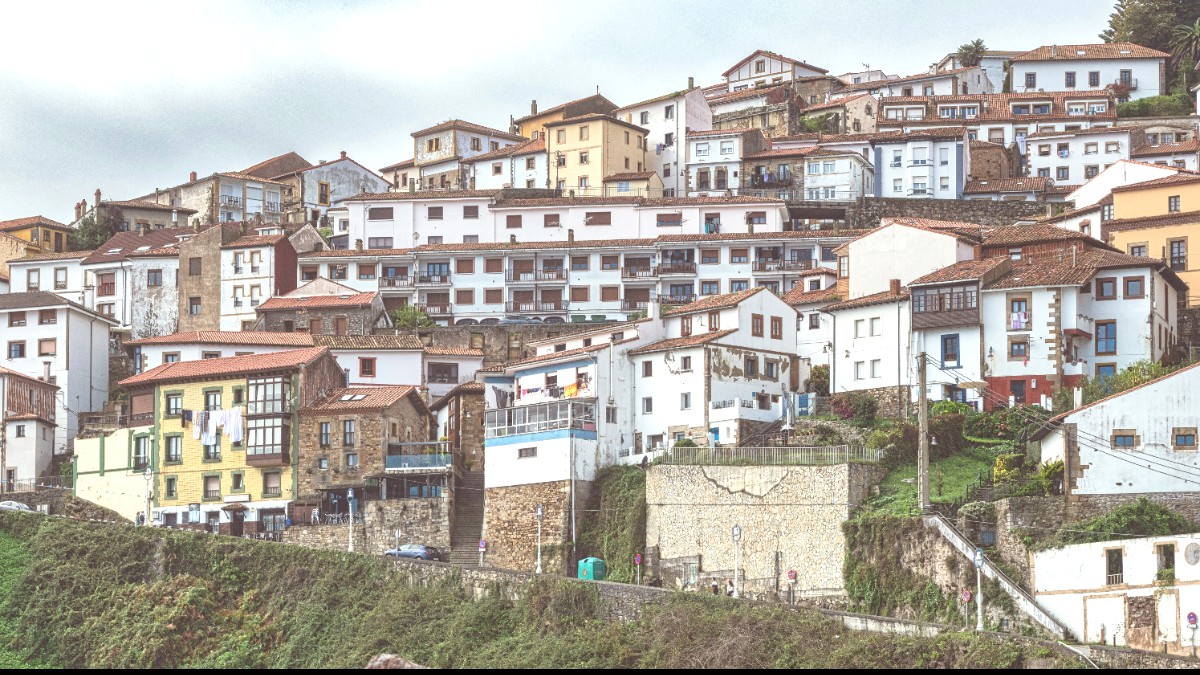
Asturias, Spain
This guide provides a thorough companion for planning your visit. It gives practical advice on everything from finding a place to stay to tasting local dishes. You will learn about Oviedo’s hidden corners and discover why this city, often overlooked by those rushing to Spain’s sunny coasts, offers a profound and memorable travel experience. Here, the focus shifts from beaches to culture, from mass tourism to authentic local life. You will find a city proud of its heritage, eager to share its traditions, and ready to welcome you.
Oviedo is a city for walkers, for those who appreciate history, and for anyone ready to savor a truly regional Spanish identity. Its compact city center makes exploring on foot enjoyable. Ancient pre-Romanesque churches, UNESCO World Heritage sites, dot the nearby hillsides. The city is clean, safe, and offers a quality of life reflected in its friendly atmosphere.
Prepare to slow down, to engage with locals, and to let the rhythm of Asturian life envelop you. Whether you seek historical sites, delicious food, outdoor adventures, or simply a peaceful escape, Oviedo provides a fulfilling backdrop for your journey. This guide helps you plan every detail, ensuring your visit is seamless and rich with discovery.
Oviedo lies in the heart of Asturias, a principality in northern Spain. It is not on the coast but sits approximately 27 kilometers (17 miles) inland from the Bay of Biscay. The city is built on a series of gentle hills, with the larger Monte Naranco overlooking it from the north.
The city’s layout reflects its organic growth over centuries. The oldest part, the Casco Antiguo (Old Town), features narrow, winding streets that contrast with the more planned, grid-like expansion of the 19th and 20th centuries around areas like Calle Uría. This geographical setup means that while the city center is easily navigable on foot, venturing further out might involve some inclines. The surrounding hills and valleys also provide natural boundaries, shaping the city's development and offering beautiful panoramic views from various vantage points.
Dramatic peaks, including the Picos de Europa National Park, rise majestically to the south.
To the north, the "Costa Verde" stretches along the Bay of Biscay, featuring rugged cliffs, secluded coves, and expansive sandy beaches.
Oviedo experiences mild temperatures year-round and consistent rainfall, giving Asturias its characteristic lush green scenery.
Rivers like the Nalón and the Nora flow through the region, contributing to fertile valleys and agricultural traditions.
Within a short drive from Oviedo, you can transition from an urban setting to high-altitude hiking trails or sun-drenched beaches.
If you desire mountain treks, the Picos de Europa are a reachable day trip. For a beach day, the coast is less than an hour away. The city itself, with its many parks and green spaces, brings a touch of nature into the urban environment.
The city's elevation, while not extreme, yields pleasant breezes, notably during the warmer months.
Oviedo benefits from an oceanic climate, distinct from the hot, dry summers of southern Spain. This climate brings mild temperatures year-round and consistent rainfall, which gives Asturias its characteristic lush green scenery.
This proximity to both mountains and coast means that within a short drive from Oviedo, you can transition from an urban setting to high-altitude hiking trails or sun-drenched beaches.
Oviedo's history dates back to the early Middle Ages, making it one of Spain's oldest cities with a continuous presence. Its story begins in the 8th century, when it was founded by two monks, Máximo and Fromestano. Oviedo's moment came when it became the capital of the Kingdom of Asturias, a Christian stronghold that emerged after the Muslim conquest of the Iberian Peninsula in the early 8th century.
Under the rule of kings like Alfonso II the Chaste (791-842 AD) and Ramiro I (842-850 AD), Oviedo flourished. It became a center of political and cultural power, known for its distinct pre-Romanesque art and architecture.
Several structures, including the Oviedo Cathedral's Cámara Santa, Santa María del Naranco, and San Miguel de Lillo, hold UNESCO World Heritage status. They represent a rare and exceptionally preserved architectural style that forms a foundational chapter in Spanish history.
The Kingdom of Asturias served as the cradle of the Reconquista, the centuries-long Christian reconquest of Spain. Oviedo, as its capital, played a symbolic and strategic role.
Oviedo is the starting point of the Camino Primitivo (Original Way), the oldest route of the Camino de Santiago pilgrimage to Santiago de Compostela. This connection gives Oviedo a profound spiritual and historical resonance.
Over subsequent centuries, as the Christian kingdoms expanded south, the capital moved, first to León and then to Castile. Oviedo retained its regional importance, serving as the administrative and cultural hub of Asturias. Its university, founded in the 17th century, solidified its intellectual standing.
Calm elegance, genuine local warmth, cleanliness, pedestrian-friendly Old Town, public sculptures.
Unique pre-Romanesque churches, Gothic Cathedral, grand 19th-century buildings, elegant Parque San Francisco.
Hearty, flavorful Asturian food (fabada, cachopo), natural cider poured from a height. Calle Gascona for sidrerías.
Oviedo is a good destination for families due to its safety and walkable center.
Day trips to nature reserves or family-friendly museums (like the Jurassic Museum nearby) make it a welcoming choice for all ages.
The Old Town’s cobbled streets and hilly terrain can present challenges for those with mobility concerns. The modern city center is generally more accessible.